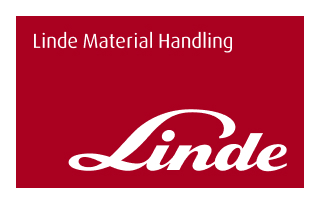- Blog
- Technical


When it comes to battery-powered forklifts, choosing the right forklift battery can make or break your operation. From daily performance to long-term cost savings, the battery type directly affects how efficiently and reliably your forklift runs. It will influence your equipment's runtime, charging habits, maintenance requirements, and total cost of ownership.
In this article, we break down the key differences between lithium-ION forklift batteries and lead-acid forklift batteries, so you can make an informed decision when it's time to buy forklift batteries.
Choosing between lithium-ION and lead-acid forklift batteries depends on your operation's specific needs:
|
Feature |
Lithium-ION |
Lead-Acid |
|
Charging Time |
< 2 hours |
6–8 hours + cooldown |
|
Maintenance |
Minimal |
Regular water & acid checks |
|
Lifespan |
Up to 3,000+ cycles |
1,000–1,500 cycles |
|
Upfront Cost |
Higher |
Lower |
|
Environmental Impact |
Low |
Moderate to High |
|
Best For |
High-use, multi-shift ops |
Low-use, budget-conscious |
Avoid these pitfalls when it’s time to buy forklift batteries:
At Linde MH Australia, we offer more than just products, we deliver tailored solutions designed for long-term success.
Here’s why businesses across Australia trust us for their forklift battery needs:
Ready to power up your fleet? Talk to the Linde MH Australia team today to find the perfect battery solution for your operation.
ORDER FORKLIFT BATTERIES